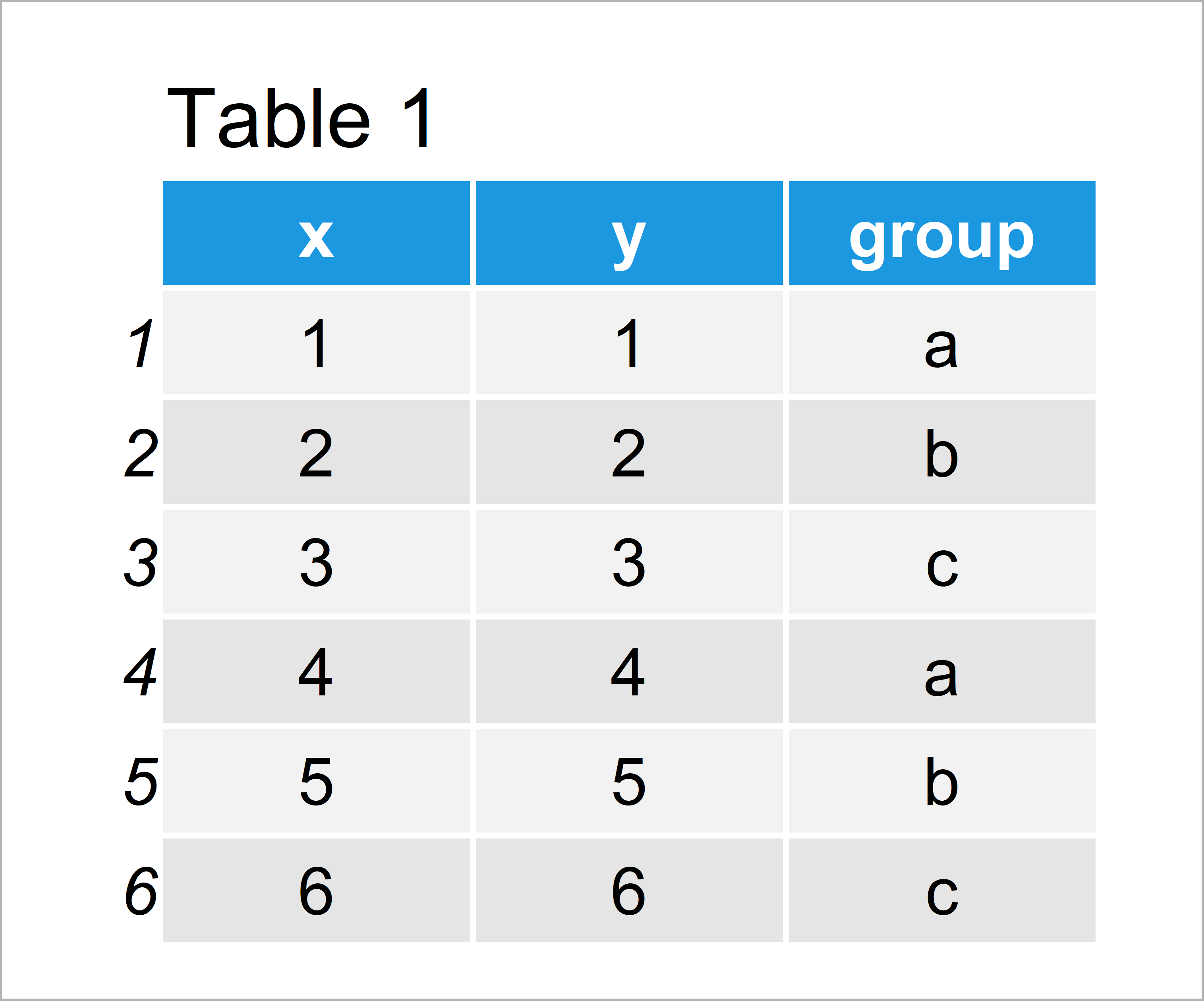

The unit of interest our dataset stores is a person’s treatment value,Ĭms = pd.read_csv( "./data/cms_utilization.csv") cms state state_fips variable sex \Ġ Alabama 1.0 Per Capita Spending-Actual ($) malesġ Alabama 1.0 Per Capita Spending-Actual ($) malesĢ Alabama 1.0 Per Capita Spending-Actual ($) malesģ Alabama 1.0 Per Capita Spending-Actual ($) malesĤ Alabama 1.0 Per Capita Spending-Standardized ($) malesģ451 Unknown NaN ED Visits per 1,000 Beneficiaries femalesģ452 Unknown NaN Hospital Readmissions-Percentage (%) femalesģ453 Unknown NaN Hospital Readmissions-Percentage (%) femalesģ454 Unknown NaN Hospital Readmissions-Percentage (%) femalesģ455 Unknown NaN Hospital Readmissions-Percentage (%) femalesĠ Less than 65 Years.

We want a “variable” for person, treatment, and value, not each column containing a single treatment’s value or a single person’s value. If we compare the “tidy data” definition, we can see how the first 2 table examples violate the “tidy data” definition. The “Tidy Data” paper defines “tidy data” as having 3 features So what aspects of the last table example make it tidy? This last example is the “tidy” or “clean” form of our example dataset. We can now answer the question of “how does treatment affect the result?”. We can now answer the question of “what is the average value for each treatment?”Īnd from a statistical analysis point of view, We can see it makes doing treatment comparisons more difficult as a reader. If we organize the data into another shape: We are unable to perform those aggregate summary statistics in the way our dataset is formatted. However, remember the group_by function we first used in Chapter 5.1, These two “shapes” of the same dataset are good for presentations when data needs to be quickly interpreted by a user. Other than making the dataset “wider”, we can still do the same set of quick comparisons in this data representation. We can also transpose the values of our dataset so the rows and columns are interchanged. It allows the reader to quickly glance the data values and perform comparisons in their heads. This is a space efficient representation of our data. It shows an example dataset where each row represents a person and columns for some imaginary experiment’s treatment values. We will use examples from the paper to define “tidy data”.īelow is a duplicate of “Tidy Data’s” Table 1. Gives us a formal definition we can use to describe the “shape” of our data.
#CLEAN TEXT COLUMN IN R SOFTWARE#
Hadley Wickham’s 2014 “Tidy Data” paper in the Journal of Statistical Software There needs to be some standard way to describe what we mean and some goal to work towards when we are cleaning our dataset. 14.4 Get class predictions and probabilties.11 APIs (Application Programming Interface).10.1.1 Keep track of the number of rows.6.6 Variables are stored in both rows and columns.6.5 Multiple variables stored in one column.6.4 Column headers are values, not variable names.Data Science for the Biomedical Sciences.


 0 kommentar(er)
0 kommentar(er)
